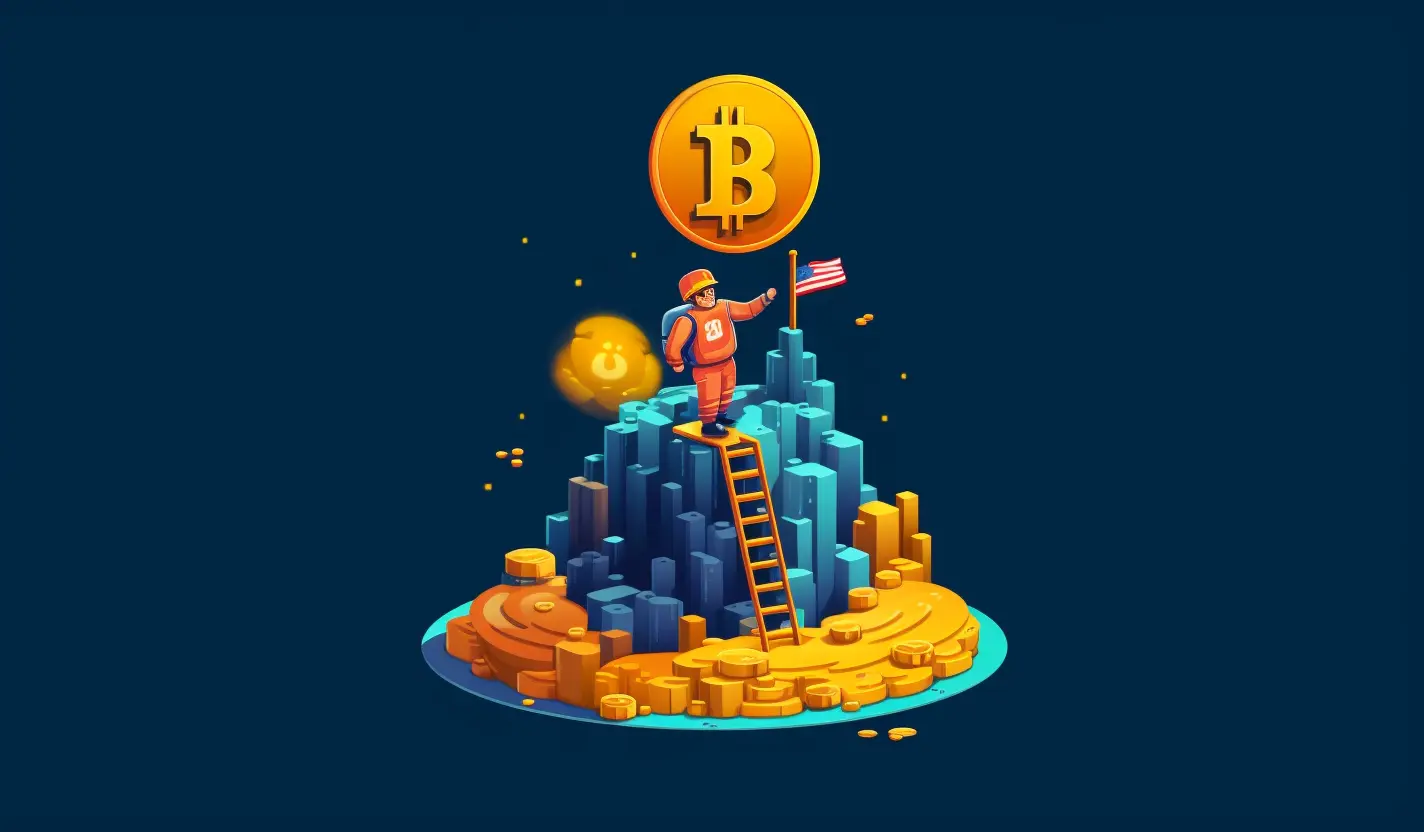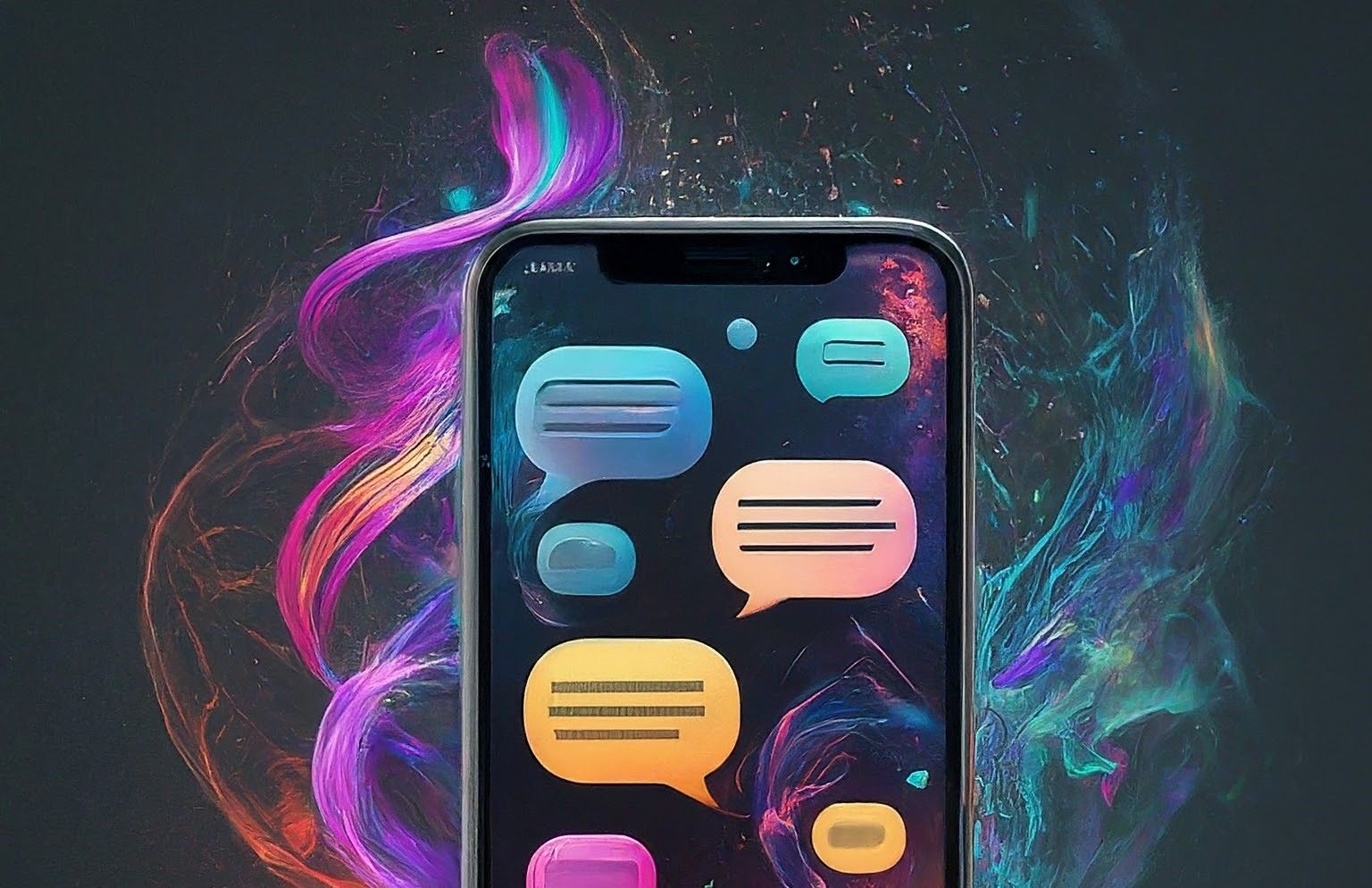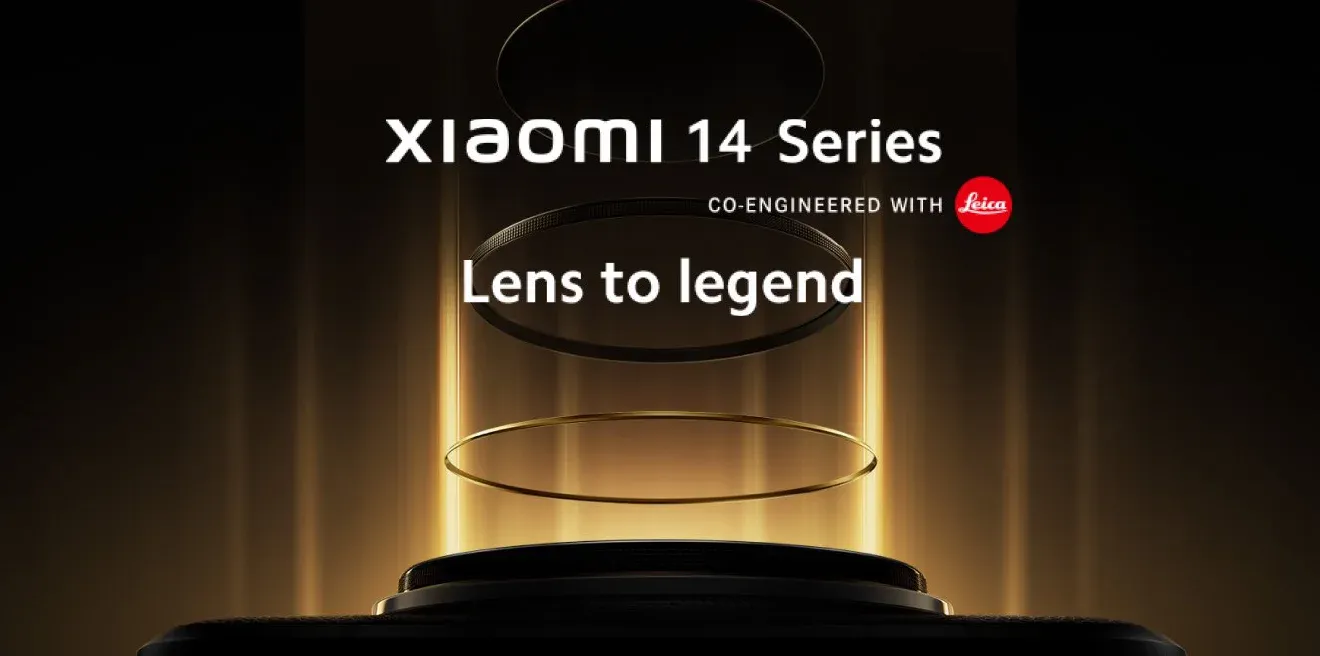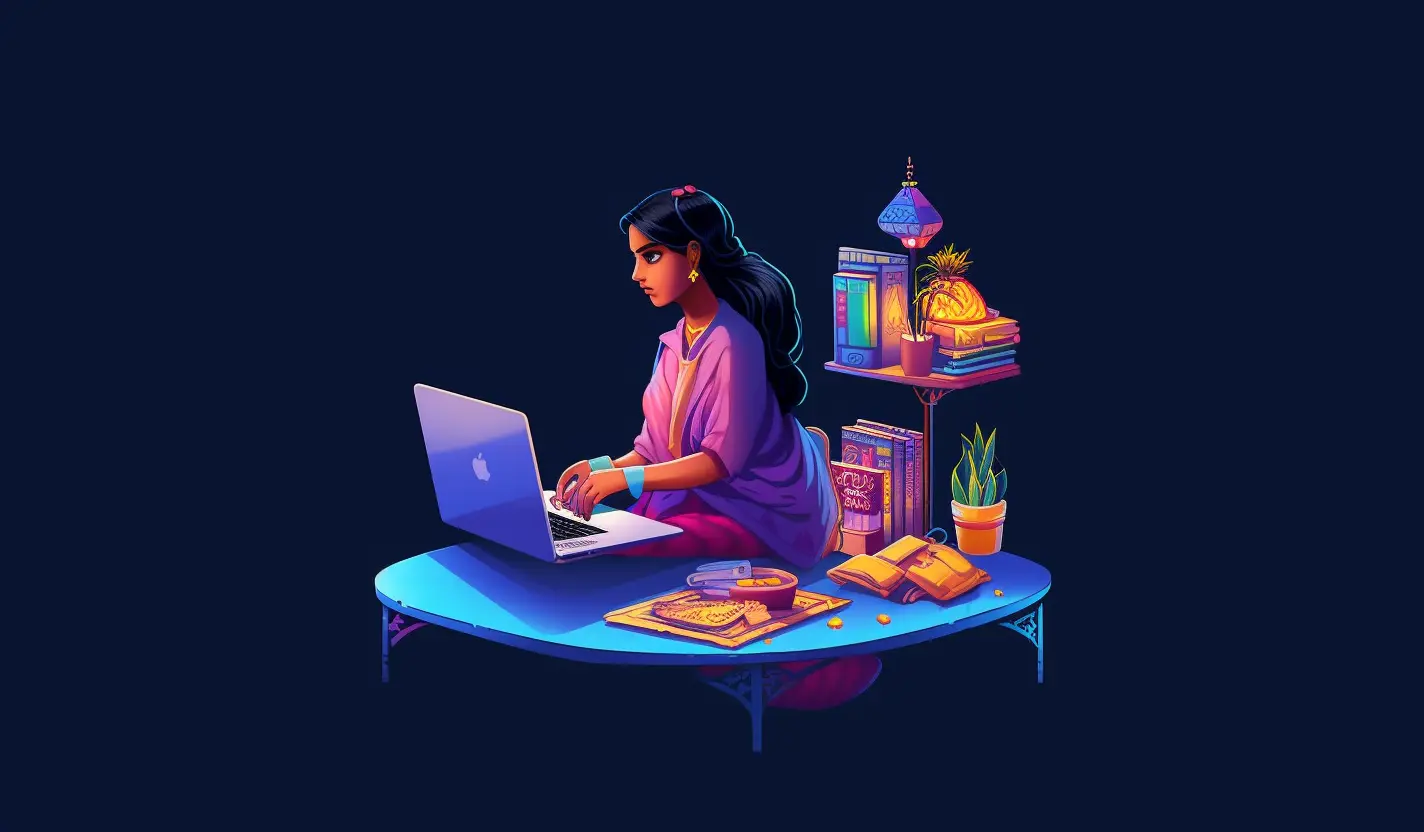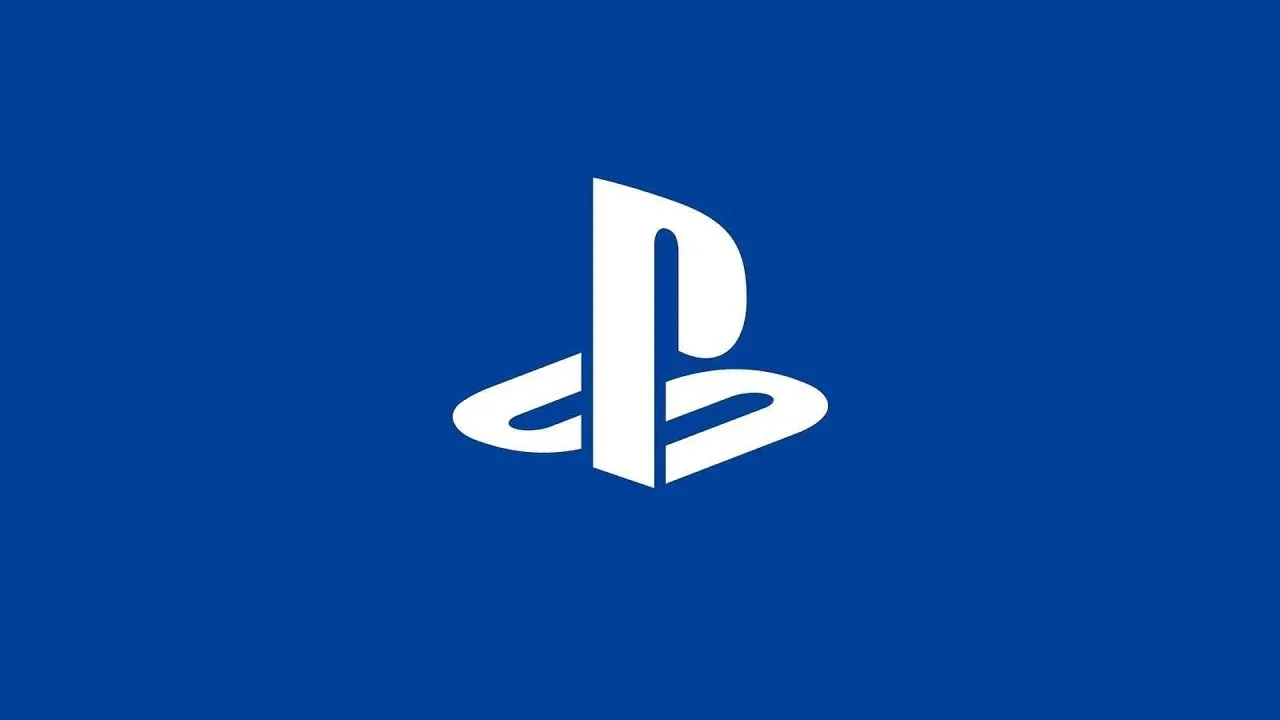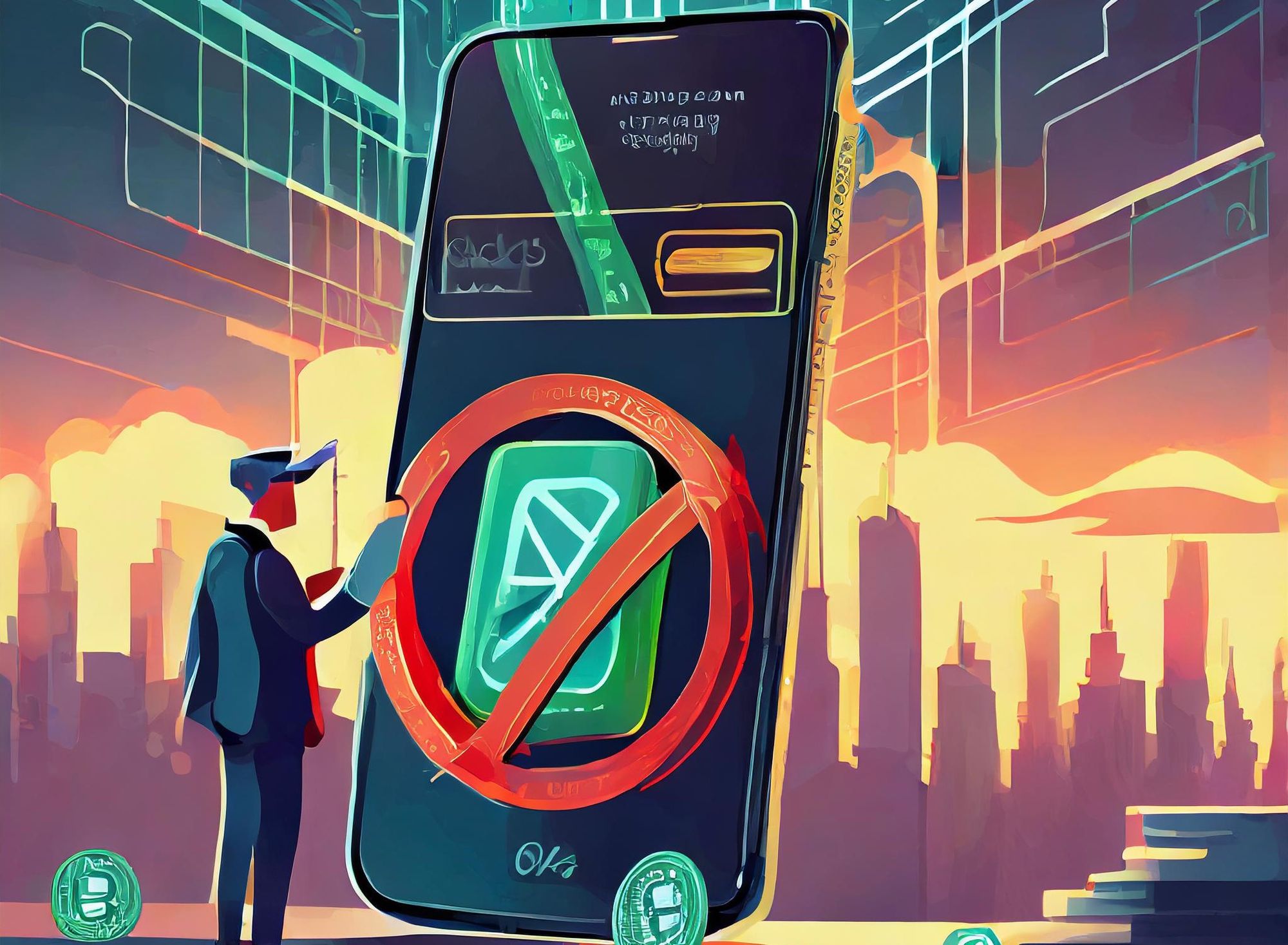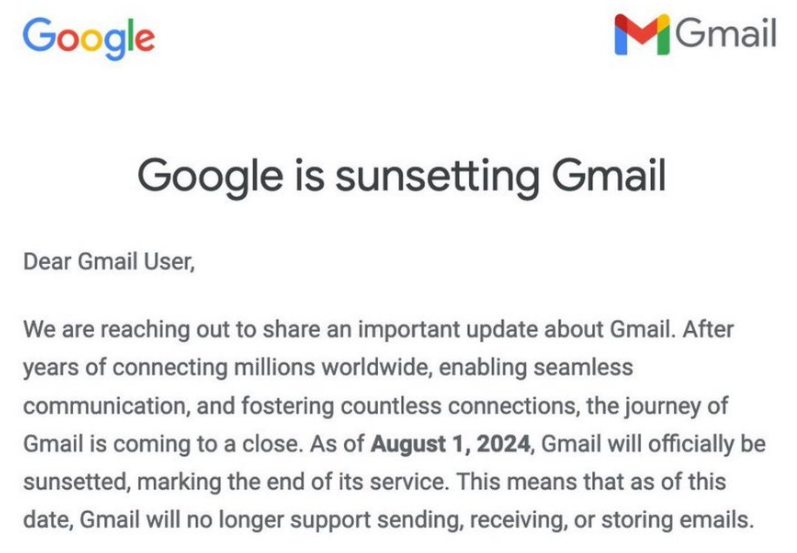Table of contents
Article Index:
1. Introduction
2. What is Blockchain, and is it easy to learn?
3. What is Blockchain in detail?
2.1 What are the Uses of Blocks in a Blockchain?
2.2 What is the storage capacity of each block in a Blockchain?
3. The Parts in a Blockchain
3.1 Blocks
3.2 Miners
3.3 Nodes
4. The Working of Blockchain
5. Can anyone view the information stored inside the Blockchain?
6. Bitcoin, the most Prominent Virtual Currency
7. How does Bitcoin work?
8. The Salient Features of Bitcoin
9. Is Bitcoin secure to use?
9.1 The Reasons for high-profile thefts in Bitcoin
9.2 Is Bitcoin more reliable than other Digital Currencies?
10. What are the Benefits of using Bitcoin?
11. Sidechain and Lightning Network of Bitcoin
11.1 Sidechain
11.2 Lightning Network
12. Conclusion
1. Introduction:
Everyone mulling over technologies such as investment, banking, or cryptocurrencies would have heard of the word ‘Blockchain.’ According to the textbook definition, Blockchain gets called a decentralized and distributed public register.

2. What is Blockchain Technology, and is it easy to learn?
In simple words, Blockchain is a technology that helps keep or store transaction records through any digital currency.
For people who are new to the field of digital currencies or investments, understanding the working of Blockchain is entirely comfortable and is more straightforward than its definition. For those who are isolated from the world of virtual currencies, it would be difficult to understand the concept of digital currencies.
So, in the below article, we will discuss some critical characteristics of this blockchain technology:
2. What is Blockchain in detail?
First things first, let us understand what a Blockchain is. As an engineering student, I can easily frame a sentence that Blockchain is a chain of blocks. Traditional usage of words, right? Yes. But does it have similarities with the actual definition?
In this context, we can refer to block as the digital information and chain as the public database. Now the whole definition can get reframed as the digital data stored in a public database gets called Blockchain.

Instead of digital information, let us refer blocks as digital pieces of information that get acquired from various sources such as transactions, usage, and many others.
2.1 What are the Uses of Blocks in a Blockchain?
These blocks get organized into three different uses; they are:

2.1.1 Blocks store digital information about your transaction details, such as the date, time, and a number of your transactions or purchases, with any merchant who supports the blockchain principle.
2.1.2 Blocks also store information regarding the persons participating in your transaction, whether the merchant or your business partner. Every report regarding your purchase gets stored in the block by using a unique ‘digital signature’ which can also be called your username.
2.1.2 Each block has separate information which gets distinguished and identical to other blocks. In simple words, every block contains different or dissimilar pieces of information when compared to other neighborhoods. Even though the details of transactions or purchases may look identical, blocks can still be distinguished due to their unique codes.
2.2 What is the storage capacity of each block in a Blockchain?
Now coming to the storage capacity of each block, one single block can house information equivalent to 1 MegaByte. So, by this feature, we can quickly tell that a block can accommodate many transactions under a single setup but depends on the size of these transactions.
3. The Parts in a Blockchain:
Blockchain, as the name, signifies encloses of multiple blocks housed under a single roof. Each Blockchain contains three prominent characteristics in them, which are blocks, miners, and nodes.
3.1 Blocks:
The blocks are digital pieces of information, and each chain has multiple numbers blocks. Each block consists of three essential elements: data, nonce, and hash.
3.1.1 Data is the data stored in the block.
3.1.2 The nonce is the 32-bit whole number.
3.1.3 Hash is the 256-bit number unified with the nonce.
3.2 Miners:

Miners are the tools that help in creating new blocks on the chain through a process called mining.
3.3 Nodes:
As Blockchain is a decentralized technology, it requires a mechanism that connects the distributive ledger with the chain. These tools get called nodes. Nodes can be any electronic device that keeps the whole network functioning. It should also continuously maintain the copies of Blockchain.
4. The Working of Blockchain:
Now, let us move on to the most prominent question of this article; how does Blockchain work? Four things should always happen for the efficient working of Blockchain. They get discussed below:

4.1 A transaction should occur for the functioning of Blockchain to happen. This transaction can be anything from transferring money to your partners or purchasing anything from an online merchant.
4.2 The transaction should get duly verified. Every detail of the sale, as said before, gets stored. The deal details mean the time, date, and amount of every purchase or transfer. In simple words verifying the transaction means confirming the details of your purchase. Blockchain comprises thousands of computers spread across the globe that ascertain the process of your operation and also the way it gets conducted.

4.3 What happens to the transaction afterward? It gets stored in the block as a piece of digital information. Once the transaction gets verified correctly, it receives the green to store in the block.
All the details of the sale, such as the amount of the purchase, your unique digital signature, and the merchant’s digital signature, get stored in the block as digital information. This transaction will get joined with thousands of other operations conducted the same way.
4.4 Soon after it gets stored in the block, a unique, identifying code hash has to get given to it. This step is mandatory, as all of a block's verified transactions should be allocated with a hash number. The hash assigned to the Blockchain's most recent block can also be given to an intersection. Once this hashing process is done, the block will be added to the Blockchain.
5. Can anyone view the information stored inside the Blockchain?
Once this new block gets added to the Blockchain, anyone can publicly view the data stored in it. Any information, such as the amount, date, time, and place of purchase, can be accessed easily once the block is added to the Blockchain.

Though anyone can view the information stored in a block, users can utilize the option of connecting their computers to the blockchain network. Doing so will always receive an intimation whenever their block gets updated.
This feature is just like the notification feature of your smartphone, which provides you an indication whenever you receive a message, email, or a call from your friend.
6. Bitcoin, the most Prominent Virtual Currency:

Now let us focus on one of the most prominent virtual currencies, which uses blockchain technology, Bitcoin. Bitcoin is another digital currency, a decentralized system that stores all its verified transactions in a blockchain.
7. How does Bitcoin work?
But how does Bitcoin work? Bitcoin uses a tool such as miners in the blockchain to run complex computer rigs. These complicated computer rigs are run to solve complex puzzles. These puzzles get solved only to confirm or affirm the group of transactions and store them in the form of blocks.
On successfully solving these puzzles, the blocks get added to the Blockchain, and the miners get rewarded with a tiny amount of Bitcoins. Using Bitcoin, many people can buy or sell their tokens through any digital currency exchange.
This Bitcoin ledger system always gets protected against any fraud or trust-less operations.
8. The Salient Features of Bitcoin:
As we already know, Bitcoin uses blockchain technology to run or store its group of transactions. Bitcoin is a network created in 2008 by a group of anonymous people called Satoshi Nakamoto.
The digital pieces of information witnessed on the Blockchain are mostly the group of transactions occurring under Bitcoin. To sum up the whole process in a simple way, we can consider Bitcoin as a simple list showcasing the deals between people or merchants. Later all these transactions get tailed, and each person will know where he is standing compared to others.
9. Is Bitcoin secure to use?
The most prominent question that gets asked in every digital currency that houses blockchain technology is whether it is secure.

Though Bitcoin claims that it houses the most secure system and protects your data from fraudulent agencies, much high-profile stealing has happened in the past under Bitcoin. Though it possesses the most concentric security settings, Bitcoin has always invited top potential threats.
So in simple words, we can say that the technology of Bitcoin can get trusted only if you know how it works and if you believe the right people or merchants are doing these transactions.
9.1 The Reasons for high-profile thefts in Bitcoin:
Though there have been many thefts in recent years in Bitcoin, one can clearly say that it happened only because of the owners' sheer carelessness and the dishonesty of the merchants or digital exchanges. It can also be because of the incompetence of the companies they used to process Bitcoin transactions.
9.2 Is Bitcoin more reliable than other Digital Currencies?
We can unanimously say that Bitcoin is more secure when compared to other digital currencies or banking systems present in the market. But Bitcoin has got compromised repeatedly by hackers, right? Yes. But that is because of the financial security of Bitcoin.
The technical security of Bitcoin is safe and secure always. The financial security of Bitcoin gets compromised by its users repeatedly, which is the prime reason for its high-profile threats.
10. What are the Benefits of using Bitcoin?
10.1 No Third-party interruptions: The system enclosed in Bitcoin provides a peer-to-peer experience, and an anonymous Bitcoin address gets published every time the user transacts a new purchase. No banks or any other intermediaries get provided with any means of freezing a transaction or preventing it if they get done through Bitcoin accounts.

10.2 User Anonymity: All purchases happening in Bitcoin are discrete and do not share with anyone. If the user wants to, he can share his transactions, or unless it won’t be. Any transaction in Bitcoin cannot get traced back to its original owner.
10.3 Transaction fees are meager: Regular bank transactions are of a higher cost, whether it is for transfers or purchases. Since Bitcoin uses no third-party interruptions, the taxation fees of every transaction in Bitcoin are quite low compared to others. Bitcoin transactions also happen quickly, eliminating the normal authorization process and even the wait periods.
10.4 Mobile Payments: Mobile payments can get done through banking sectors, courtesy of UPI payments; Bitcoin helps you conduct any transaction anywhere. This process of Bitcoin can get done without entering your personal or relevant information. All you need is high-speed internet access; that’s it.
10.5 No taxes levied on purchases: Unlike other payments method, Bitcoin does not collect any taxes on sales or purchases. It levies only the standard transaction fees, which are quite low, as mentioned above.
11. Sidechain and Lightning Network of Bitcoin:
11.1 Sidechain:

A sidechain is a tool in Bitcoin that enables the transfer of Bitcoins or other legitimate assets between multiple blockchains or accounts. A sidechain also allows users to access new and innovative digital currency systems while using their already owned assets.
These systems easily interoperate with each other by resting on Bitcoin’s currency. This process reduces the liquidity shortages and market fluctuations associated with virtual currencies. Technical and economic innovation is not hindered as the sidechain is a separate and isolated system.
11.2 Lightning Network:

Bitcoin uses a tool named Lightning Network, which uses micropayment channels for conducting transactions by scaling the capability of a blockchain. This network is a second layered technology that helps the smoother flow of operations in Bitcoin.
The lightning network helps in reducing the associated transaction fees as it takes away the transactions from the main Blockchain. The trades happening under the lightning network are quick and fast and increase the utility of Bitcoin for daily use.
The Lightning network can be used for off-chain transactions, even for virtual currency exchanges.
12. Conclusion:
Blockchain, as mentioned above, is just the public database where the blocks get stored. A blockchain can be called a Google Document, wherein you create and share a document with a particular class of people or colleagues. Hence, blockchain technology also gets termed ‘Distributed Ledger Technology.’
But the difference here is that the working of blockchain technology is not as simple as a Google Document. And as already mentioned, Blockchain is decentralized; hence, all the assets housed under it will get decentralized.

